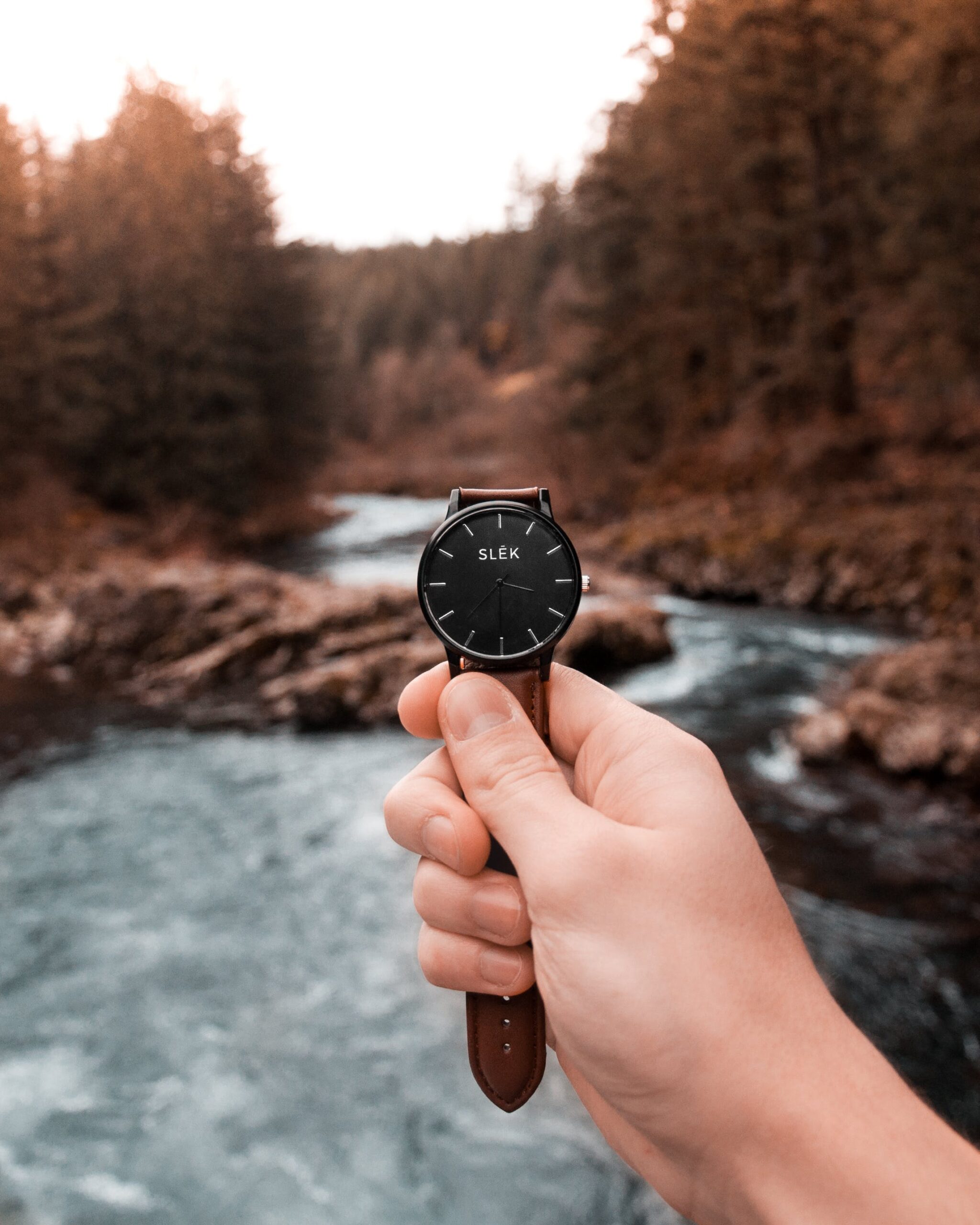Introduction
Wristwatches transcend their mere functionality as timekeeping devices; they embody a delicate fusion of artistry and scientific precision. In this comprehensive exploration of watchmaking, we will navigate through its historical evolution, the intricate principles governing this age-old craft, contemporary trends, and the intricate economic dynamics within the industry.
I. The History of Horological Art and Science
Early Forms of Time Measurement
Our journey into the realm of watchmaking commences with an examination of the rudimentary forms of time measurement. From ancient sundials to the more sophisticated water clocks, we witness the gradual evolution driven by an increasing comprehension of mechanical principles and the human desire to measure time.
The Golden Age of Watchmakers
The emergence of skilled craftsmen during the golden age of watchmaking serves as a pivotal point in our narrative. Here, we delve into the invention of the spiral spring and balance wheel, dissecting how these innovations transformed watches from mere timekeepers into precision instruments. Additionally, we explore the profound impact that watchmakers had on culture and the arts during this era, shaping not only the measurement of time but also the aesthetic sensibilities of their times.
II. Fundamental Principles of Watchmaking
Mechanisms and Components
A closer examination of the mechanical marvels that power watches reveals a symphony of gears, springs, and escapements. This section will dissect the role of gear trains and escapements in regulating the movement of watches, showcasing the engineering finesse required to achieve precise timekeeping.
Materials and Craftsmanship
Watchmaking is not only about the mechanical intricacies but also about the artistry involved in choosing materials. We delve into the meticulous craftsmanship applied to each component, exploring the use of precious metals, gemstones, and the various techniques employed to enhance both the aesthetic and functional aspects of these timepieces.
III. Modern Trends in the Art of Watchmaking
Technological Innovations
The 21st century has ushered in a wave of technological advancements in watchmaking. From the incorporation of cutting-edge materials to the rise of digital and electromechanical watches, this section will examine how modern innovation intersects with traditional craftsmanship, paving the way for watches that not only keep time but also integrate seamlessly into our digital lifestyles.
Artistic Horology
Beyond mere functionality, watches have evolved into artistic expressions. Unique designs, limited editions, and collaborations between watchmakers and artists will be explored, underscoring the creative dimension that defines many contemporary timepieces.
IV. The Intersection of Art and Economics in Watch Production
Luxury Watch Market
Watches have transcended their utilitarian purpose, becoming symbols of status and prestige. In this section, we will delve into the luxury watch market, exploring the socio-economic factors driving its growth and the phenomenon of watch collecting as a form of investment.
V. Innovations and Challenges in the World of Watchmaking
Contemporary Challenges
In a world dominated by electronic devices, traditional watches face challenges. We discuss the competition with electronic gadgets and the industry's response to the growing demand for sustainability and ethical practices. This section will also address the delicate balance watchmakers must strike between preserving traditional craftsmanship and embracing technological progress.
The Future of Watchmaking
Looking ahead, we explore emerging trends in design and technology. We consider the impact of the digital era on the future of watchmaking, including potential shifts in consumer preferences, technological innovations, and the evolving role of watches in our increasingly interconnected world.
VI. Conclusion
As we conclude this exploration, we reflect on the delicate equilibrium achieved between the artistry and precision engineering inherent in watchmaking. We reaffirm the significance of watches in our modern world, not only as practical timekeeping tools but also as enduring pieces of cultural heritage that encapsulate the craftsmanship and innovation of their respective eras.
